How Cultural Traditions Shape Modern Kitchen Design: A Global Perspective
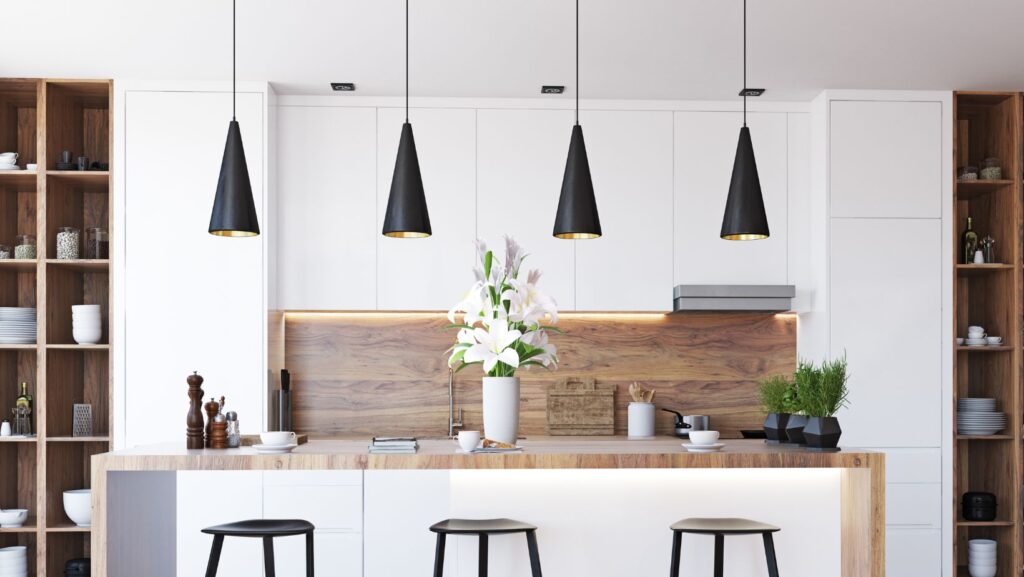
A kitchen is far more than just a place to prepare meals—it’s the heart of cultural expression in our homes. From the spice-filled kitchens of India to the sleek, minimalist spaces of Scandinavia, cooking spaces around the world reflect centuries of culinary evolution, family traditions, and lifestyle priorities. Today’s homeowners increasingly seek kitchens that honor their cultural heritage while incorporating contemporary functionality.
The Melting Pot of Kitchen Design
The diverse cultural landscape of the San Francisco Bay Area has created a fascinating blend of kitchen design influences. Homeowners in this region often request designs that reflect their cultural backgrounds while adapting to the California lifestyle and modern technological advancements.
“Kitchen design should tell your story,” notes Maria Chen, a design consultant who specializes in culturally-inspired spaces. “The way we cook, entertain, and interact with food is deeply rooted in our heritage and family traditions. A thoughtfully designed kitchen honors these connections while meeting contemporary needs.”
Asian Influences: Functionality and Flow
Asian-inspired kitchens emphasize efficiency, clean lines, and purposeful design. In Japanese kitchens, the concept of “mise en place”—having everything in its place—governs layout decisions. These kitchens often feature specialized storage for cooking implements, dedicated preparation zones, and carefully considered workflow patterns.
Chinese cooking traditions have introduced the concept of separate wet and dry kitchen areas into modern design. The wet kitchen contains the primary cooking space where high-heat wok cooking and potentially messy food preparation occur, while the dry kitchen serves as a cleaner space for simple meal prep and social interaction.
Recent kitchen remodel projects in San Jose, CA have seen an uptick in requests for these dual-purpose kitchen arrangements, particularly among homeowners who regularly prepare traditional Asian cuisine requiring specialized equipment and ventilation needs.
Mediterranean Inspirations: Conviviality and Warmth
Mediterranean kitchen design celebrates gathering, sharing, and the sensory pleasure of food. These kitchens traditionally feature:
- Open layouts that encourage conversation during meal preparation
- Warm color palettes with terracotta, blues, and golden yellows
- Natural materials like stone countertops and wooden accents
- Dedicated spaces for displaying and using olive oils, wines, and fresh herbs
The Mediterranean approach emphasizes the kitchen as a gathering space, with island seating, open shelving for displaying cherished ceramics, and lighting that creates a warm, inviting atmosphere. These elements foster the social cooking experience central to Italian, Greek, Spanish, and other Mediterranean cultures.
Latin American Elements: Color and Connectivity
Kitchens influenced by Latin American traditions often feature vibrant colors, handcrafted elements, and spaces designed for extended family gatherings. Mexican-inspired kitchens incorporate colorful tile work, warm woods, and open shelving for displaying collectibles and family heirlooms.
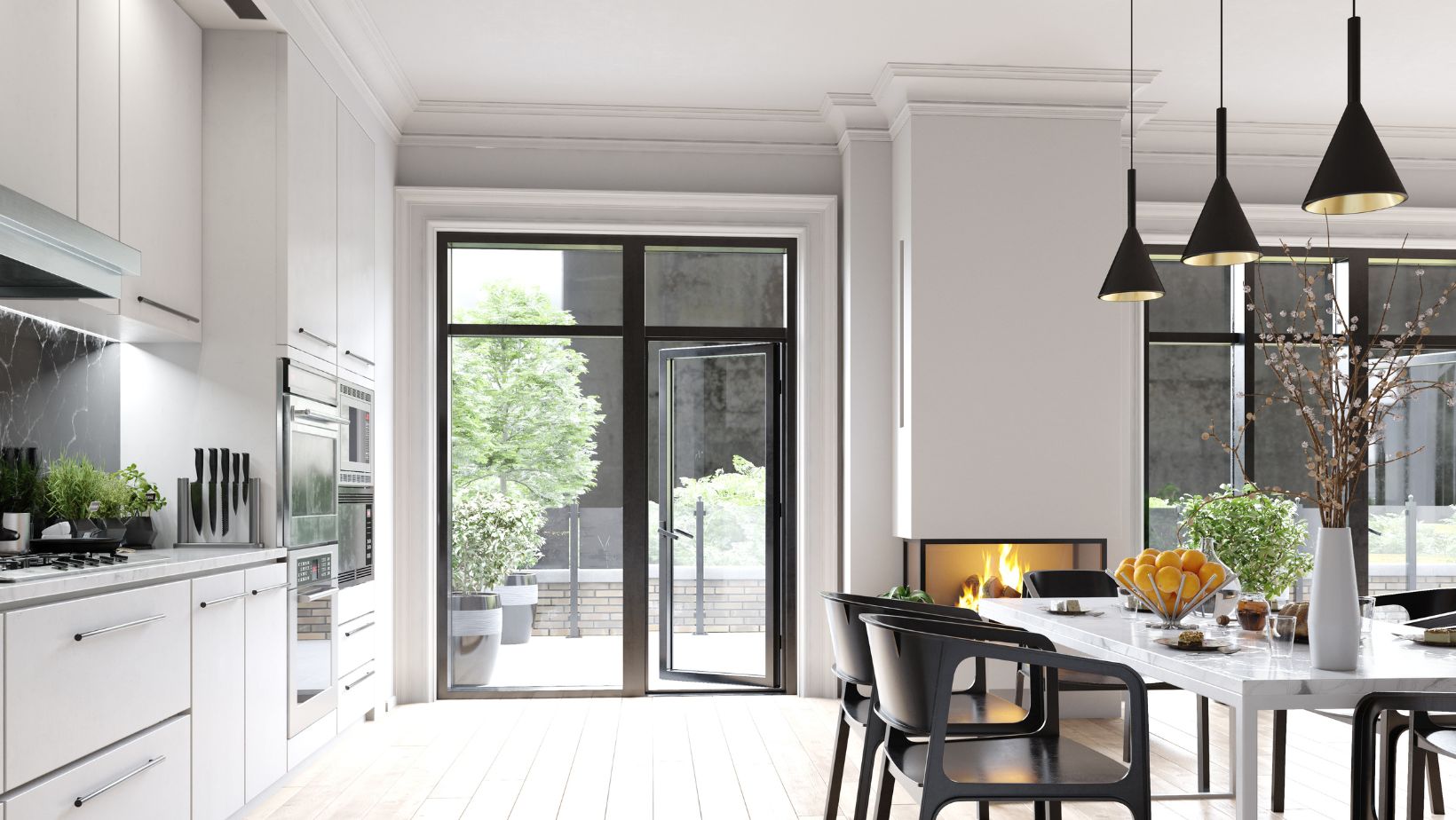
One distinctive feature of Latin American kitchen design is the seamless connection between indoor and outdoor cooking spaces—a natural fit for California’s climate. Many kitchen remodel San Jose, CA projects now incorporate sliding glass doors that open to outdoor dining areas, allowing the cooking experience to flow between spaces.
Middle Eastern Motifs: Spice Storage and Hospitality
Middle Eastern culinary traditions require dedicated spaces for extensive spice collections, specialized cooking vessels, and areas designed for preparing labor-intensive dishes. These kitchens often feature:
- Custom spice storage solutions
- Large preparation areas for collaborative cooking
- Ample room for specialized cooking equipment
- Ventilation systems designed for aromatic cooking
The emphasis on hospitality in Middle Eastern cultures also influences kitchen design, with layouts that facilitate the preparation of elaborate meals for extended family gatherings and celebrations.
European Functionality: Compactness and Efficiency
European kitchen design, particularly from countries like Germany and Sweden, has significantly influenced modern efficiency. These traditions emphasize:
- Compact storage solutions
- Integrated appliances
- Multifunctional work surfaces
- Sustainable materials and energy-efficient systems
The European approach focuses on maximizing functionality in often limited spaces—a concept that translates well to urban California homes where square footage comes at a premium.
Cultural Fusion in Modern Kitchen Design
Today’s multicultural households often seek designs that blend elements from multiple traditions. A kitchen might feature a high-powered wok burner alongside a pizza oven, or combine Japanese minimalism with Mediterranean warmth through thoughtful material selection.
“We’re seeing more requests for fusion kitchens that honor multiple cultural traditions,” explains David Wong, a kitchen designer who specializes in cross-cultural design. “These spaces need to accommodate various cooking styles while maintaining design cohesion.”
Technology Integration Across Cultures
Regardless of cultural influence, technology integration has become universal in modern kitchen design. Smart appliances, touch-activated faucets, and specialized cooking equipment are being incorporated into kitchens of all styles.
The challenge for designers is integrating these technologies while preserving the authentic cultural elements that make each kitchen unique. This balance of tradition and innovation creates spaces that honor heritage while embracing modern convenience.
Adapting Cultural Elements to California Living
California’s indoor-outdoor lifestyle and emphasis on sustainable living influence how cultural kitchen elements are interpreted in local homes. Design elements like these are increasingly common:
- Energy-efficient appliances that respect cultural cooking needs
- Sustainable materials that echo traditional aesthetics
- Indoor herb gardens for fresh cooking ingredients
- Natural ventilation systems that handle aromatic cooking
When homeowners in San Jose undertake kitchen renovations, they often seek to balance cultural authenticity with California’s environmental values and lifestyle priorities.
Questions to Consider for Your Culturally-Inspired Kitchen
If you’re considering a kitchen remodel that honors your cultural heritage, ask yourself:
- Which cooking techniques from your cultural tradition require specialized equipment or layout considerations?
- How does your family gather and interact during meal preparation?
- What materials, colors, and patterns reflect your cultural aesthetic?
- Which traditional elements are essential, and which can be reinterpreted for modern living?
- How can your kitchen design tell your family’s unique cultural story?
Conclusion
Today’s multicultural kitchen designs offer the best of all worlds: the rich traditions and specialized functionality of diverse culinary heritages combined with modern efficiency and sustainable practices. By thoughtfully incorporating elements that reflect both cultural identity and contemporary lifestyle needs, homeowners create kitchens that are truly the heart of the home—spaces that nourish body and soul while honoring the traditions that shaped them.
When considering your own kitchen renovation, look beyond current trends to the cultural elements that make your cooking experience meaningful. The most successful kitchen designs are those that reflect not just how you want your kitchen to look, but how you want to live, cook, and gather within it

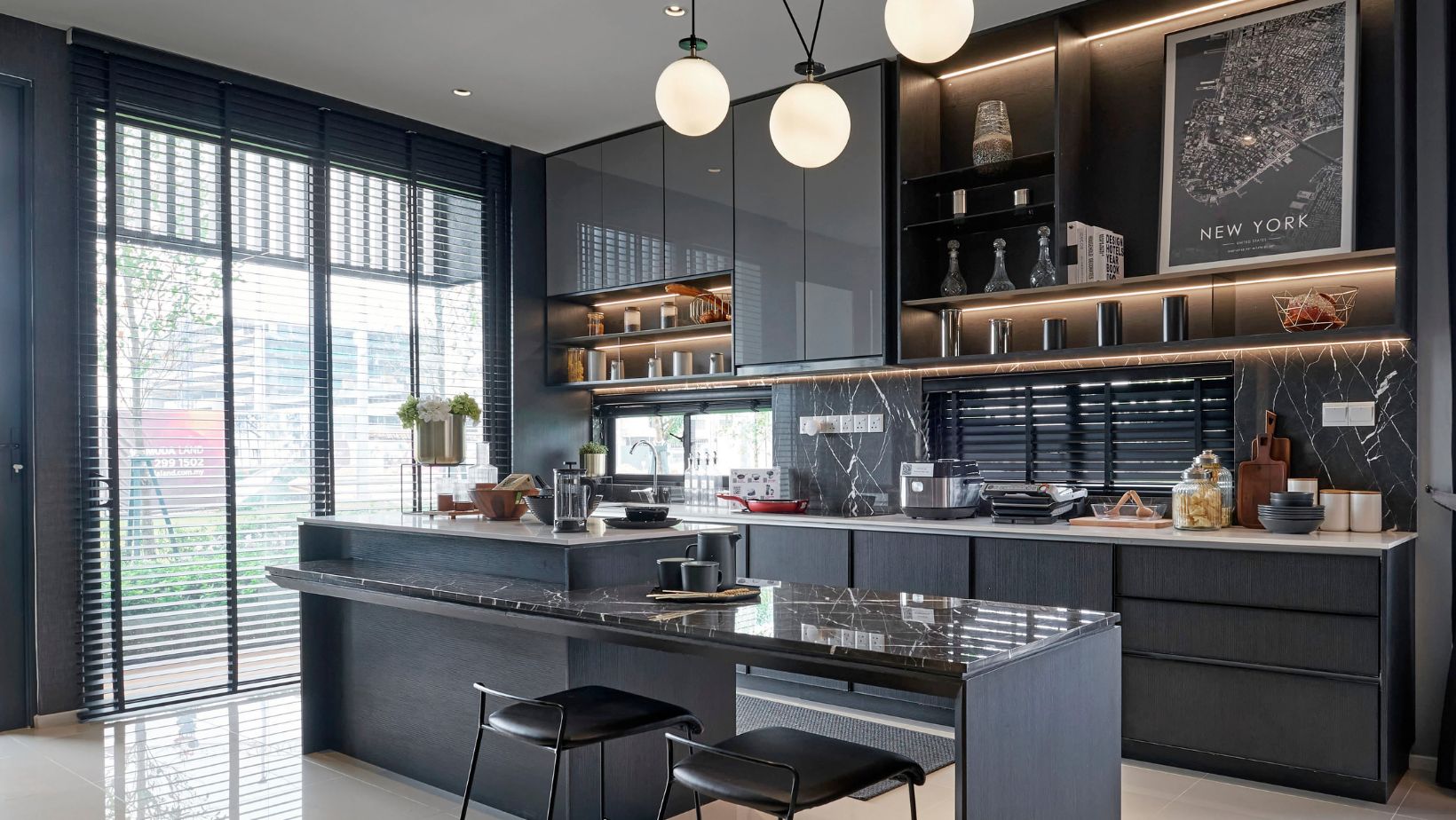
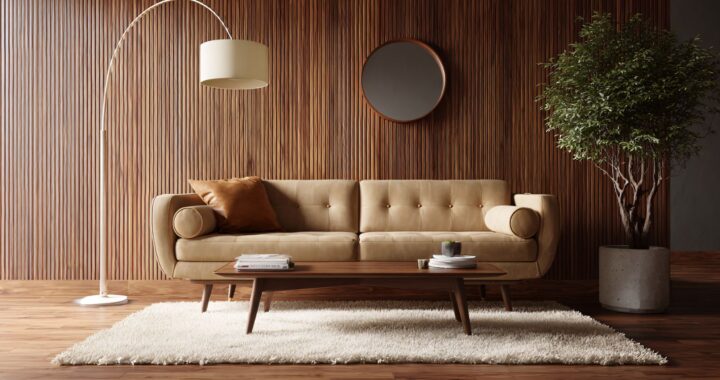 Blending Styles: Decorating with a Modern Round Rug and Warehouse Rugs for Living Room Interiors
Blending Styles: Decorating with a Modern Round Rug and Warehouse Rugs for Living Room Interiors 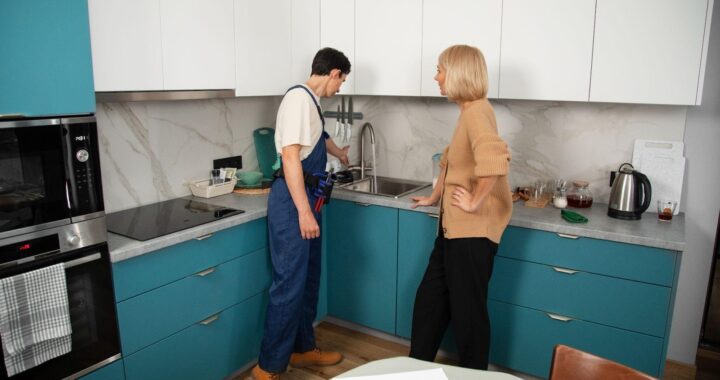 Pre-Built vs Custom Kitchens: What’s Best for Your Home?
Pre-Built vs Custom Kitchens: What’s Best for Your Home?  Five Refreshing Ways to Decorate and Revitalise Your Bathroom
Five Refreshing Ways to Decorate and Revitalise Your Bathroom